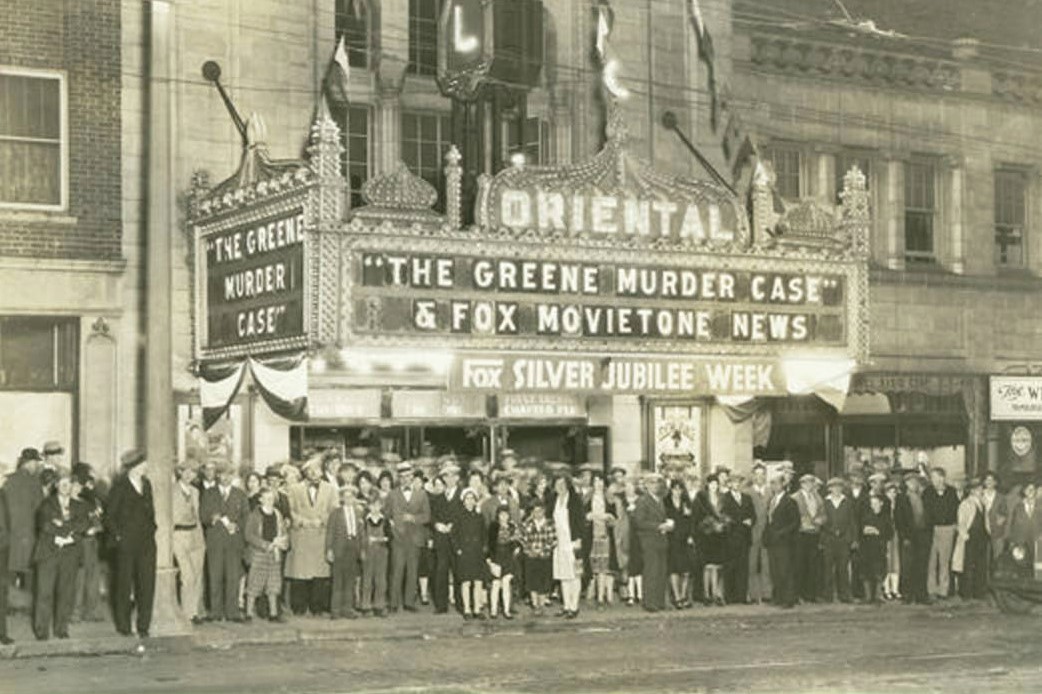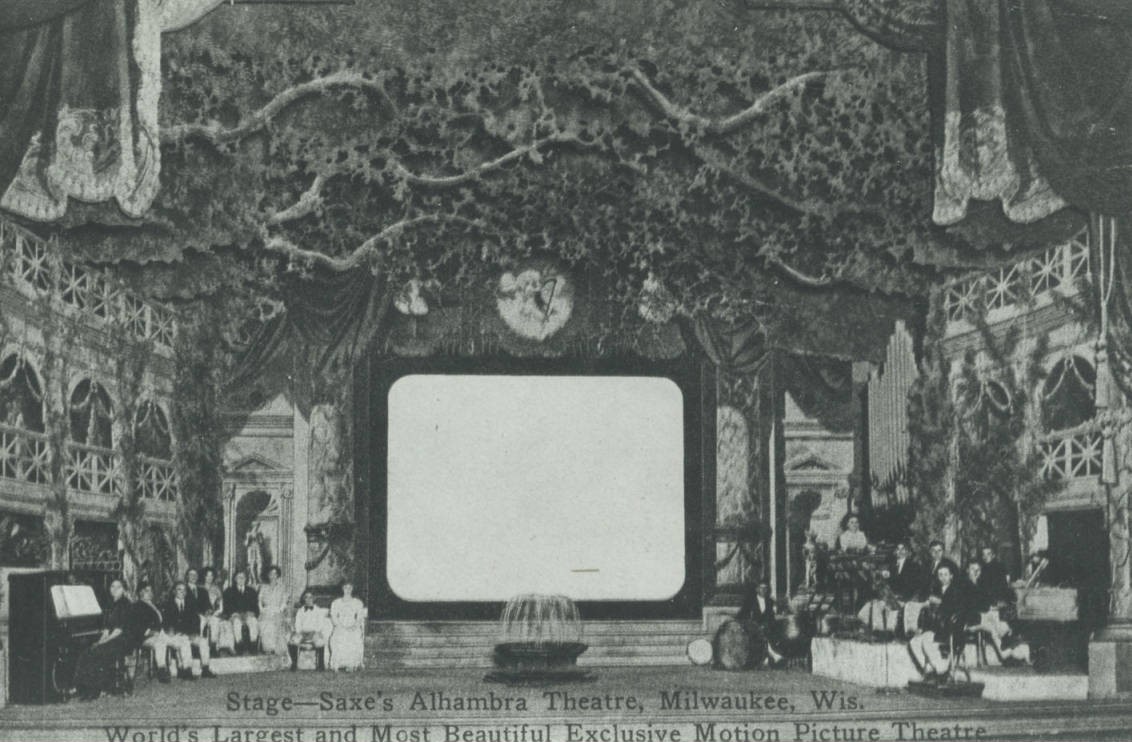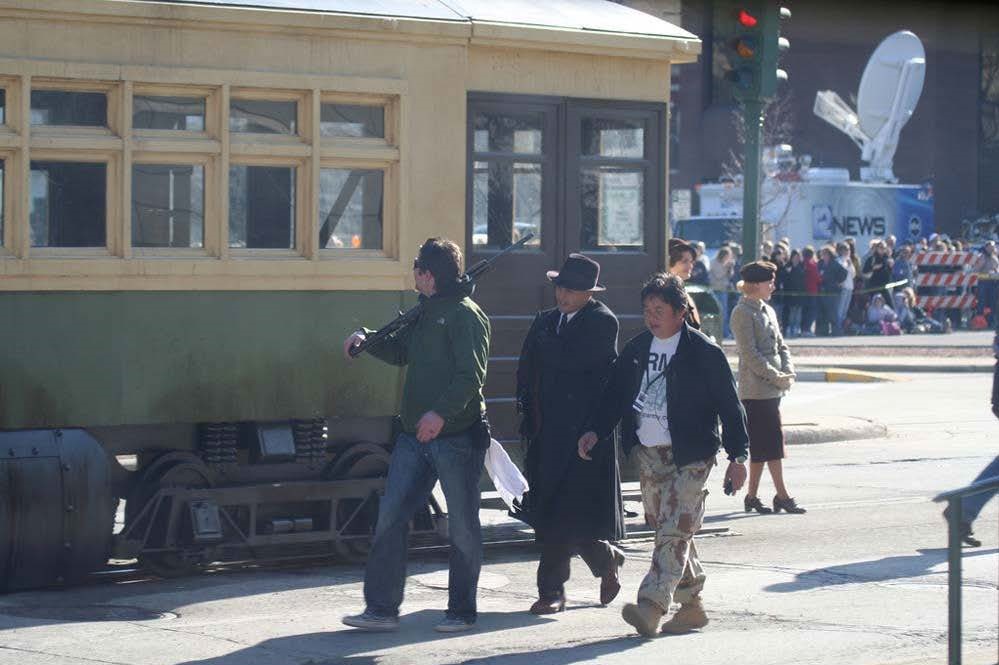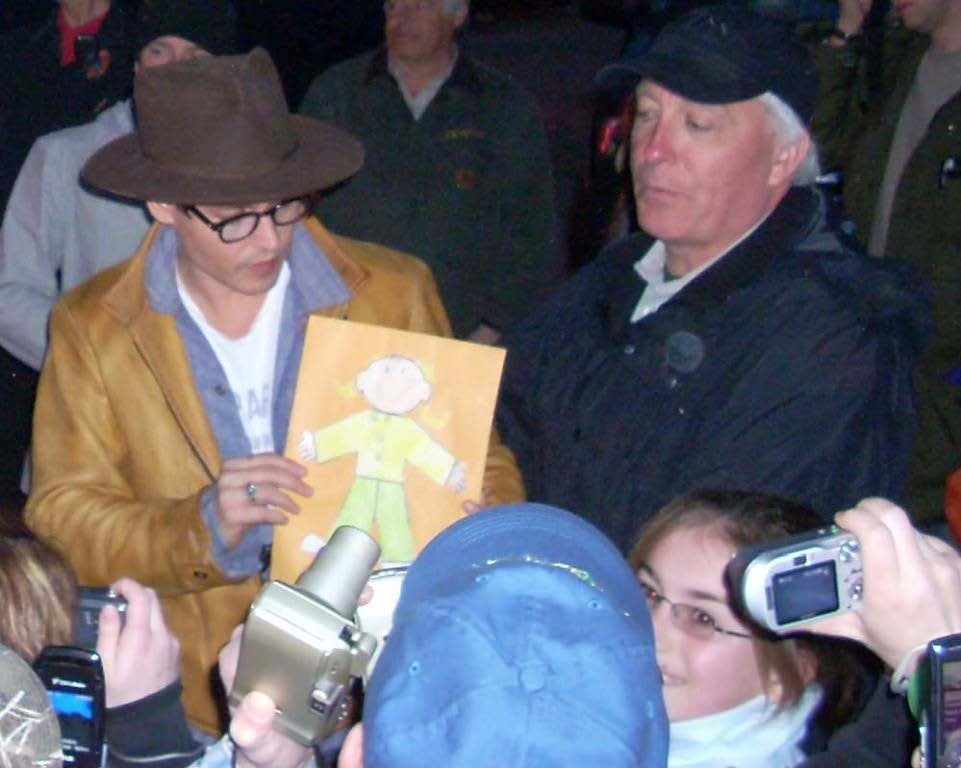Guest curator Katherine Quanz received her PhD from the Department of English and Film Studies at Wilfrid Laurier University. Her work on sound design history and aboriginal media has appeared in Velvet Light Trap and the anthology Cinephemera. She is currently completing her Masters of Library and Information Science at the University of Wisconsin-Madison.
Despite its distance from Hollywood, Wisconsin has had a love affair with film since the turn of the century. Film historian Douglas Gomery recounts that in 1911 the city of Milwaukee “estimated that more than two hundred thousand people went to the movies each week. Nearly thirty thousand were at movies between eight and nine in the evening on a typical Saturday or Sunday night.”
For a short period during 1911, Milwaukee’s 3,000 seat Alhambra Theater was the largest movie palace in the world. In the photograph of the Alhambra interior below, notice the small size of the screen compared to the stage and the fact that the orchestra is located in a prominent position in full view of the audience. This arrangement was likely a result of the theater’s previous incarnation as a vaudeville venue.
In 1929, a few weeks before the stock-market crash, Milwaukeeans gathered to celebrate “Fox Silver Jubilee Week,” an event that included a parade. Even the Great Depression could not dampen the love of films in the city. Prior to World War II, Milwaukee supported four theaters that regularly screened Polish language films and three theaters that screened German language films. The city’s love affair with film is evident in the photo below of the four theaters that lined Wisconsin Avenue from the 1930s until the rise of the multiplex in the 1970s.
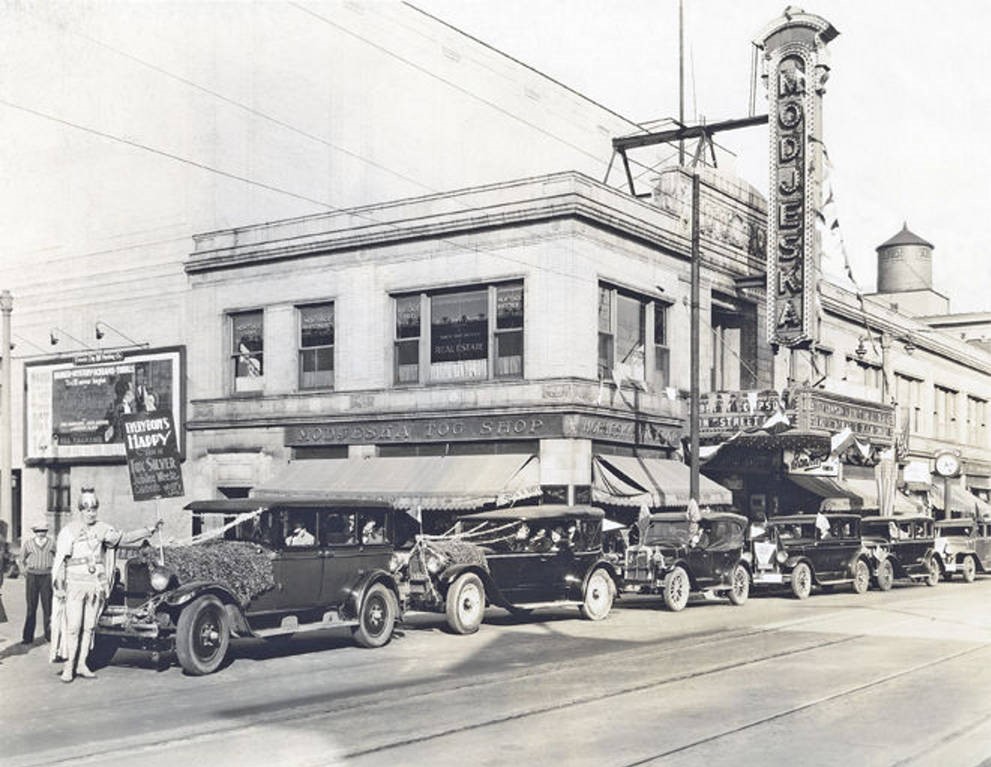
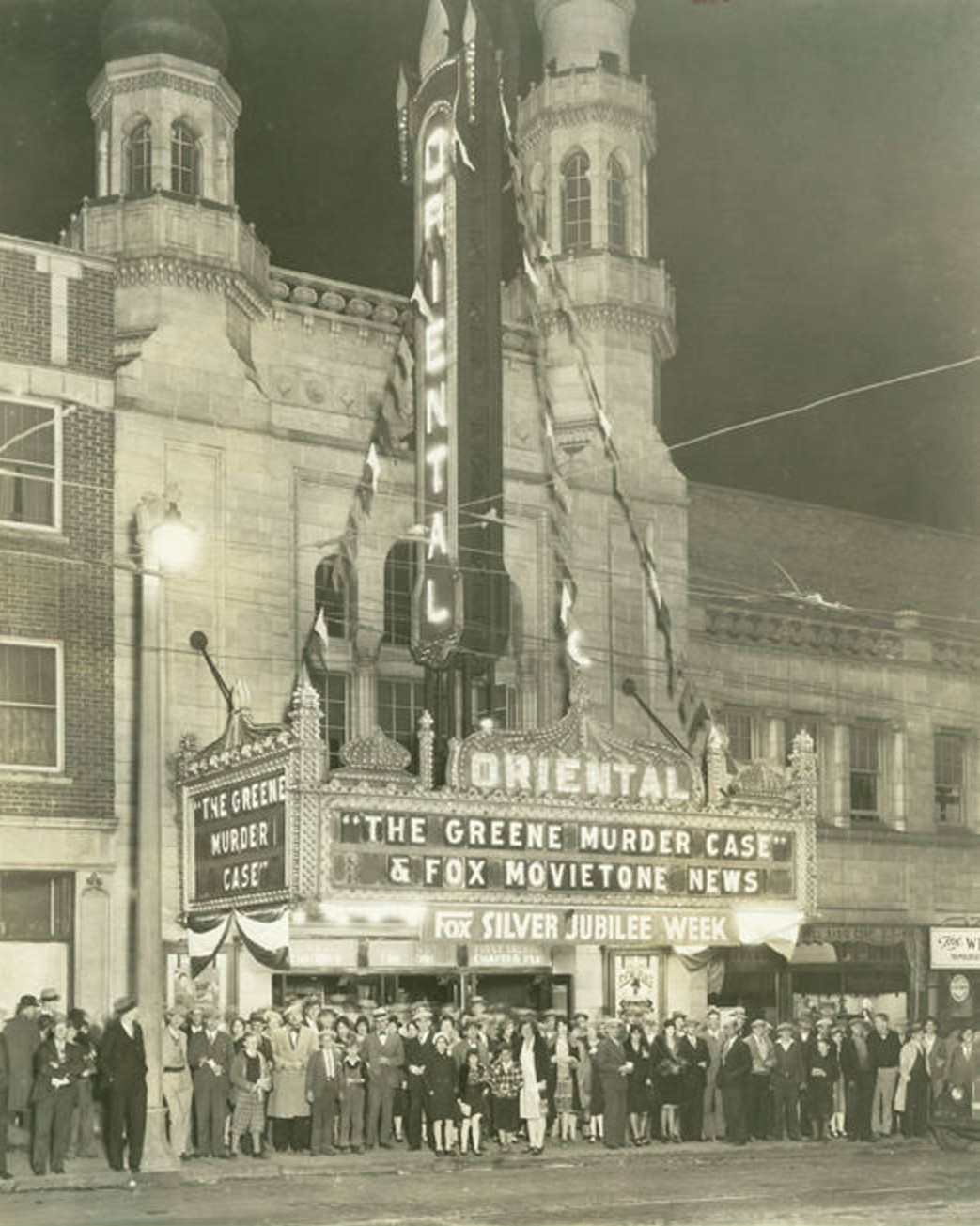
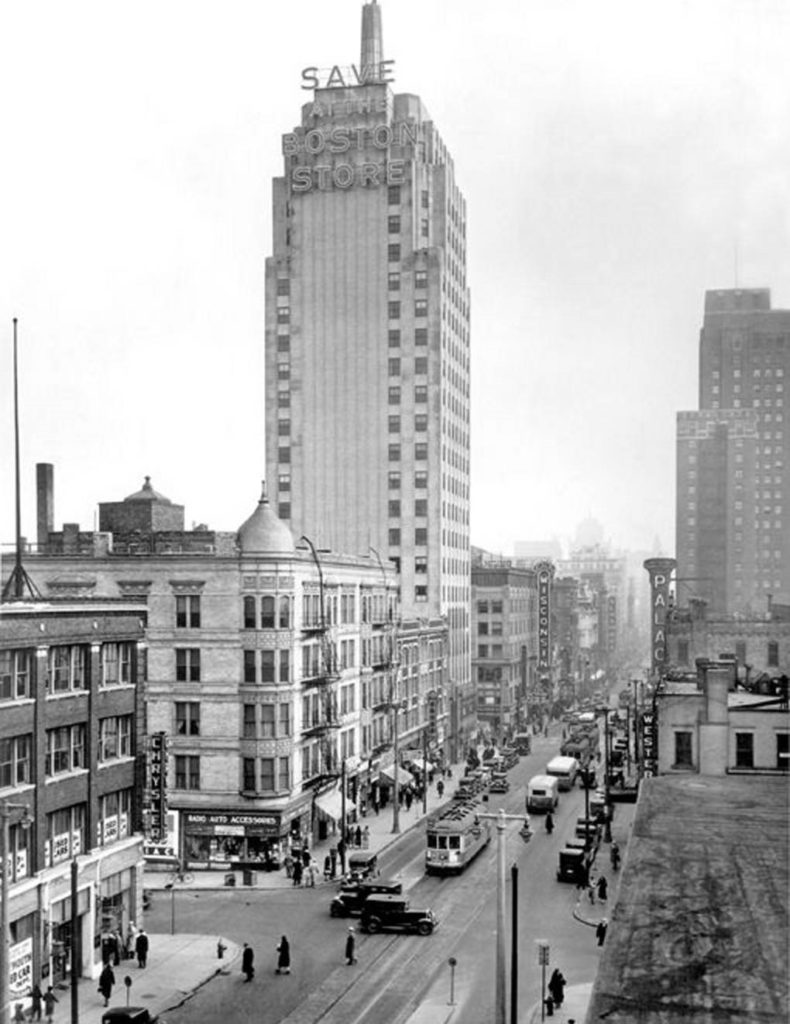
The popularity of movie going was not confined to Milwaukee. The majority of Wisconsin cities and towns regularly held film screenings, even if the venues were not dedicated solely to movies. In his book Historic Movie Theatres of Wisconsin, Konrad Schiecke documents over 900 film-going venues (not including drive-in theaters) ranging from opera houses to municipal halls to large movie palaces.
For instance, the city of Ashland was home to four theaters in the mid-1910s and three theaters with 500+ seats in the 1930s and 40s. The 650-seat Art Deco-style Bay Theater opened in Ashland in 1937. The Wisconsin Theater, later known as the Badger Theater, opened in Eau Claire in 1925 and boasted 886 seats, a small balcony and a pipe organ.
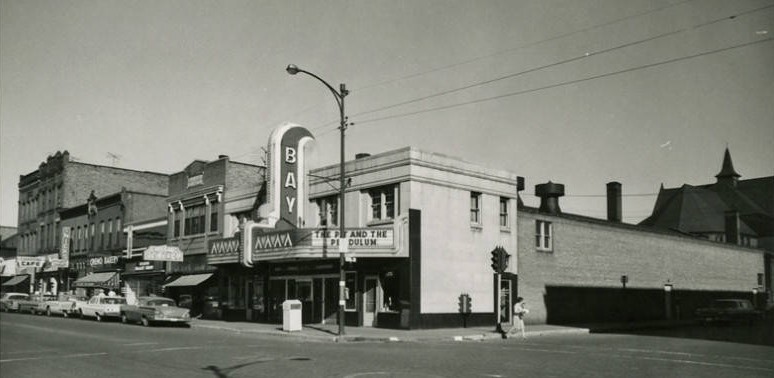
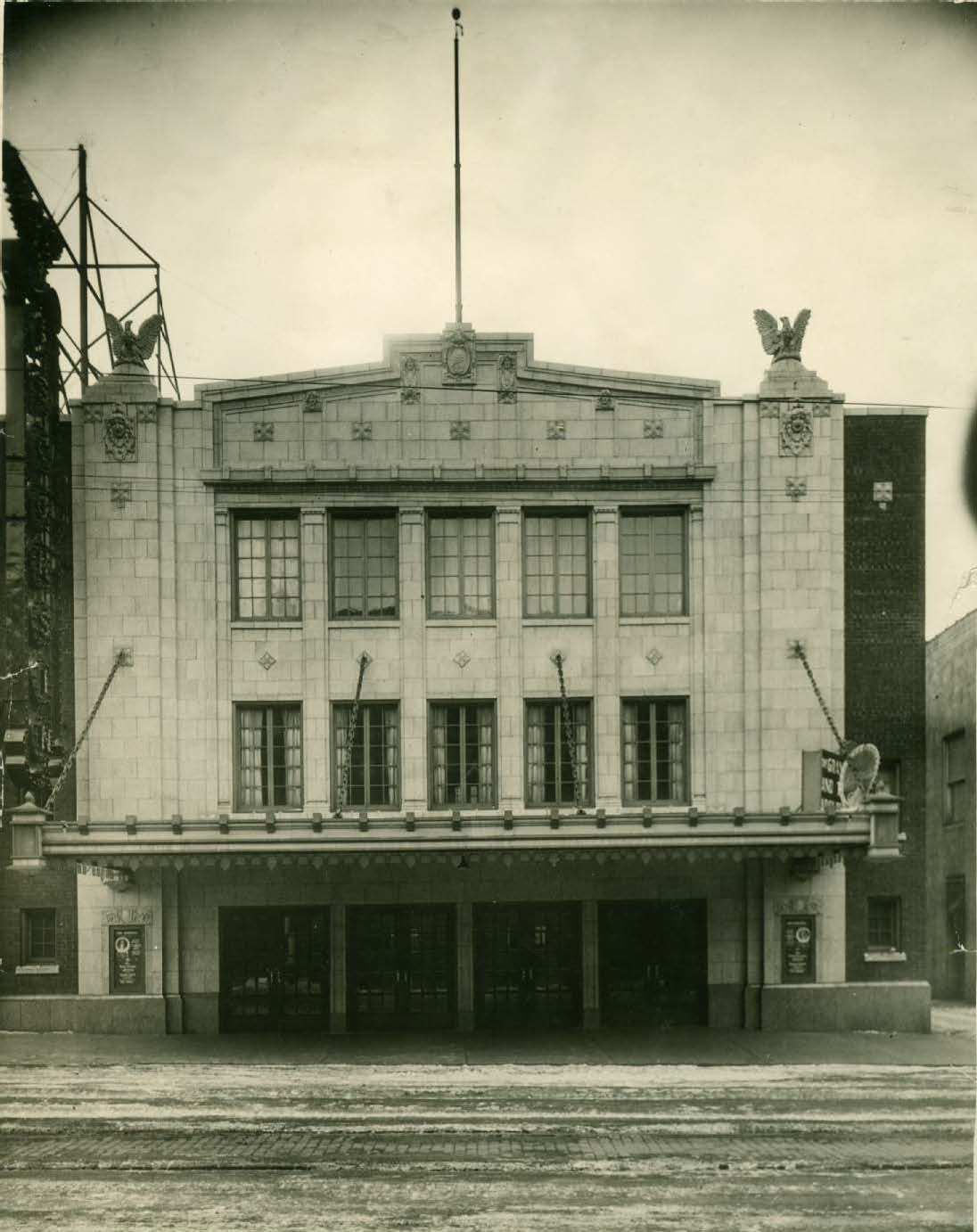
Sometimes the pleasure of going to the cinema combined with the thrill of participating in the filmmaking process itself. From the mid-1910s into the 1950s, itinerant filmmakers traveled throughout the state recreating the same short films. The filmmakers would select locals to act in the film and at the end of the week, the film would be projected at the local theater, to the delight of the town. Since it was rare for people to own their own film cameras at this time, it was a treat to see friends and family on the silver screen.
While few of these films survive, one prime example is The Lumberjack (1914), filmed in Wausau and preserved by the Wisconsin Center for Film and Theater Research. Part of the fun of watching these films today is noticing how the city has changed over time. We can also catch a glimpse of the past in old student films, such as Campus Smiles (1920), a playful look at the faculty and students of the University of Wisconsin-Madison.
The Lumberjack, directed by O.W. Lamb in 1914, starring the residents of Wausau. Wisconsin Center for Film and Theater Research.
Campus Smiles by Henry “Hank” Royce and “Clif” Fordyce offers a playful look at the UW-Madison in 1920. Wisconsin Center for Film and Theater Research.
Wisconsin residents have also enjoyed watching the occasional Hollywood film being made in the state. For example, large crowds gathered on the UW-Madison campus to see comedian Rodney Dangerfield at work in the filming of Back to School (Alan Metter, 1986). For this film, Madison’s campus was transformed into “Grand Lakes University.” The making of the film drew crowds of students, some of whom are shown in the image below watching the creation of the iconic scene of Dangerfield walking up Bascom Hill in his bathrobe.
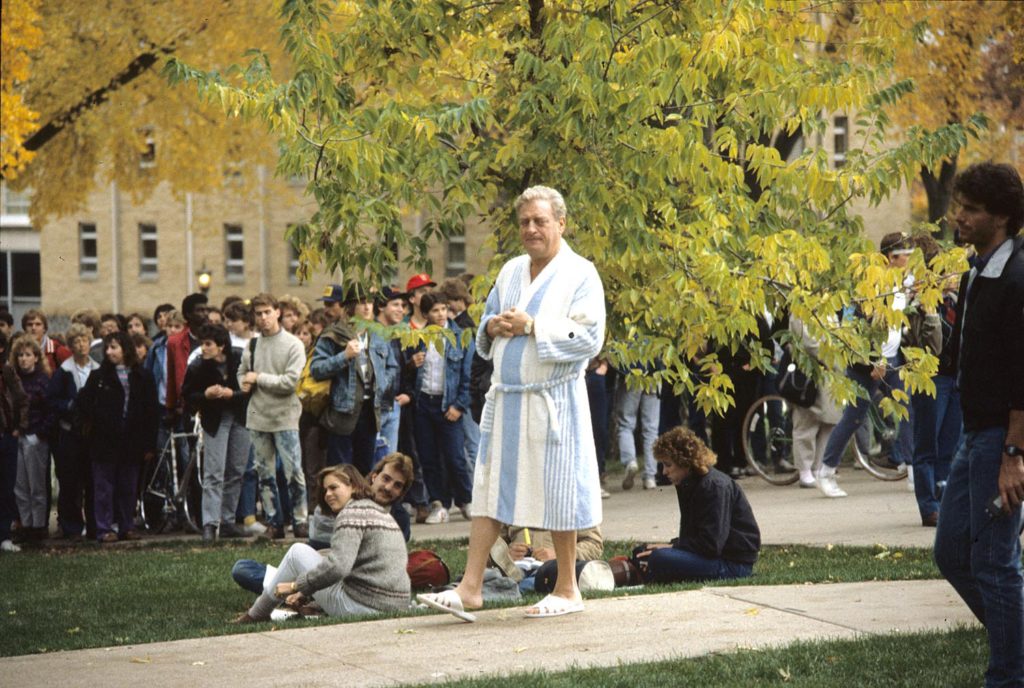
Similarly, residents of Columbus and Oshkosh congregated to view the making of Public Enemies (Michael Mann, 2009). Wisconsin’s well-preserved Main Streets aided the art department in recreating the Depression-era setting of the film. The photos below show Oshkosh residents watching the film sets in the hopes of catching glimpses of stars such as Johnny Depp, and some lucky fans who scored autographs and selfies.
Finally, the University of Wisconsin-Madison has long been an internationally renowned center for the academic study of film. The Wisconsin Historical Society, located on campus, began to collect papers and memorabilia related to film and media in the 1950s and in 1960 the Wisconsin Center for Film and Theater Research (WCFTR) was formed. In addition, the Department of Communication Arts houses a Cinematheque offering free screenings of old, rare, and popular films year-round. And every spring since 1999, the Department, in conjunction with the UW-Madison Arts Institute, has hosted the Wisconsin Film Festival, which is now the largest university-sponsored international film festival in the nation.
Sources
The images in this online exhibit come from the following digital collections:
- Ashland Historical Society Museum
- Eau Claire Area Historical Photographs, Chippewa Valley Museum
- Milwaukee Historic Photos, Milwaukee Public Library
- “Remember When . . .”, Milwaukee Public Library
- Public Enemies – Tinseltown Comes to Oshkosh, Oshkosh Public Library
- UW-Madison Collection, UW-Madison Archives via University of Wisconsin Digital Collections.
- Wisconsin Center for Film and Theater Research Collection, Internet Archive.
References
- Douglas Gomery, Shared Pleasures: A History of Movie Presentation in the United States (University of Wisconsin Press, 1992).
- Marsha Orgeron and Devin Orgeron, eds., The Moving Image [Special issue on itinerant films], 10(1), Spring 2010.
- Konrad Schiecke, Historic Movie Theatres of Wisconsin: Nineteenth Century Opera Houses through 1950s Playhouses, Town by Town (McFarland & Co., 2009).
- Larry Widen and Judi Anderson, Silver Screens: A Pictorial History of Milwaukee’s Movie Theaters (Wisconsin Historical Society Press, 2006).
- Wisconsin Center for Film and Theater Research, “The Lumberjack in Wausau . . . 100 Years Later,” November 24, 2014.

